After our 48 hour stopover in Newport were eager to bang out the final 500 nautical miles to San Francisco Bay. We departed mid-day on 30 August after meeting our good friends from Portland on the dock, oil filters in hand!
The long and narrow channel leading out to the Pacific from Newport Harbor reminded us of our arrival – we were so glad we didn’t need a tow this time! As the day went on the skies cleared and the breeze slowly built from the NNW through the day. That night was a quiet one of motor sailing through light breeze, perfect conditions for watching porpoises swim through the bright and starry bioluminescence.

The wind slowly built the following day but continued to be variable between 8-20kts.We tucked a reef in around midnight as it continued to build to a steady 25 knots for the next 24 hours. We gybed and went wing-on-wing with the genoa poled out. We tried some different sail/reef/gybe combinations to minimize the rolling, as we were getting plenty of sail power at one point we dropped the main and steadied the boat under genoa only.

It’s always a game to figure out the ideal sail configuration in these deep angles, particularly with a centerboard boat like Flyer as her center of gravity is higher than that on a more traditional keelboat. We generally try to get the center of effort as far forward as possible in the boat and the center of resistance in the water as far aft as possible by trimming the centerboard up.
Our watch system on board for this leg from the San Juan Islands was based on a 3 watch system that I’ve used ocean racing many times in the past, where there is always one watch in ON mode, another in STANDBY mode, and a third in OFF mode. The ON watch is actively keeping watch, the STBY watch is there for support if needed (sail changes, maneuvering, etc), and the OFF watch is hopefully sleeping in their bunk. This rotation switches on a prescribed interval to be sure everyone cycles through an equal amount of time in day and night conditions.
For offshore cruising passages with mild or moderate conditions this works out well: generally the STANDBY watch isn’t much needed on deck and can spend that time either in their bunk, or just hanging out… so, you’re really only required to spend a bit over 1/3rd of your time focused on watchkeeping duties… which, aboard Flyer include keeping a watchful eye on the horizon, radar, and AIS targets, as well as hourly log keeping.

We decided to make this system a bit more luxurious for this leg by making the ‘dark’ watches only 2 hours in length, and the ‘light’ watches 4 hours. Below is the chart we printed for reference – this system worked well for us but wasn’t the easiest to memorize! We called this watch system 2s and 4s.
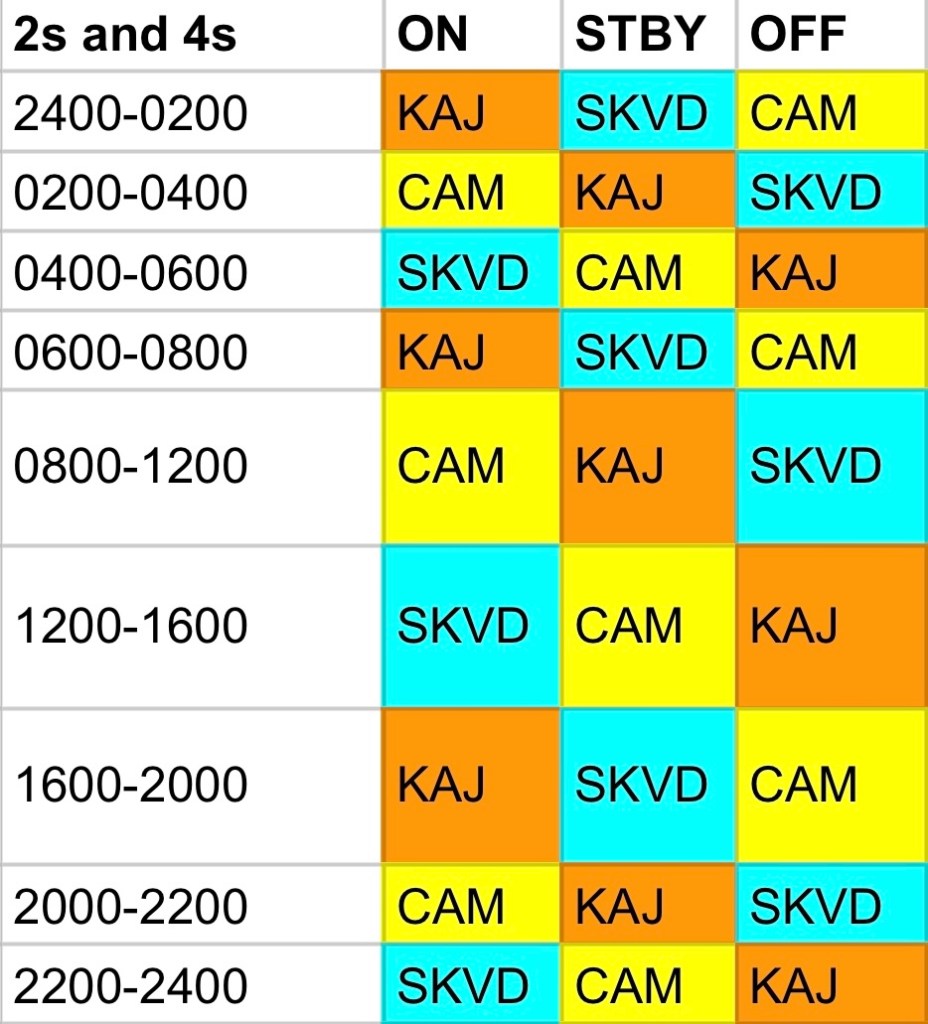
Early on the morning of 1 September we decided to slow Flyer down to allow us to arrive in the SF bay during daylight hours the following day. This whole way we saw minimal traffic, only the occasional fishing vessel on the horizon or cruise ship returning to SFO. The day cleared to become one of the more beautiful sailing days I can remember. Large following seas, clear skies, and a stiff breeze of 22-28 knots from behind. The albatrosses and porpoises also found it agreeable and joined along! As the breeze built we dropped the main and sailed under reefed genoa alone with boat speeds between 7-9 knots. Champagne sailing, as they say.
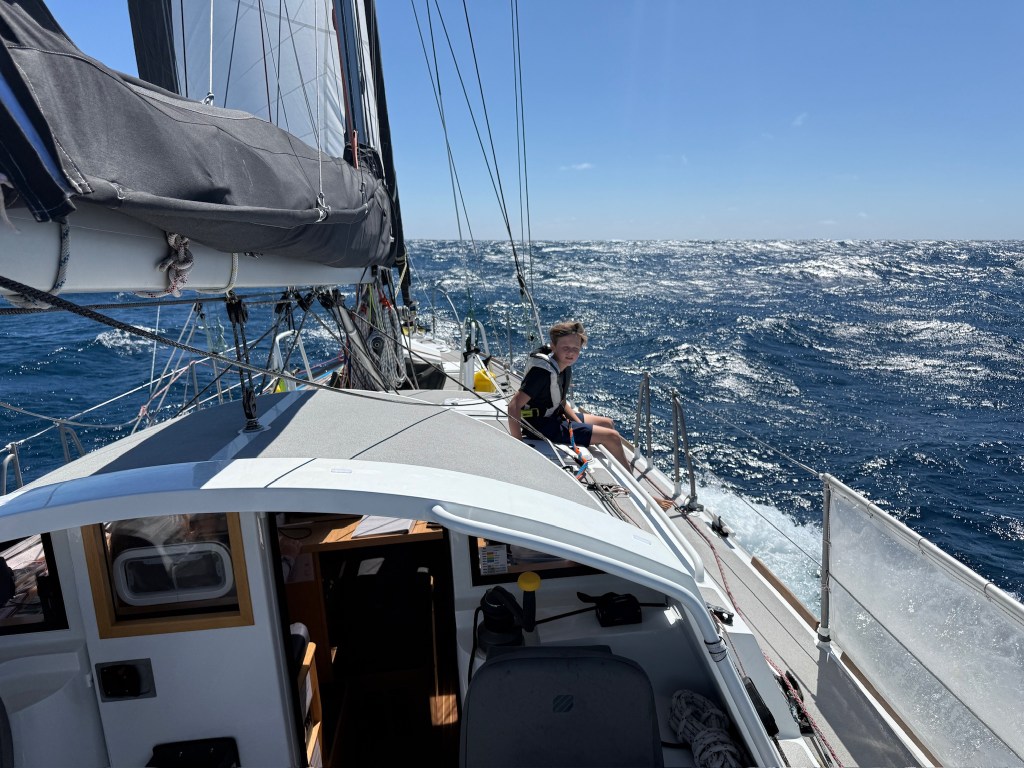

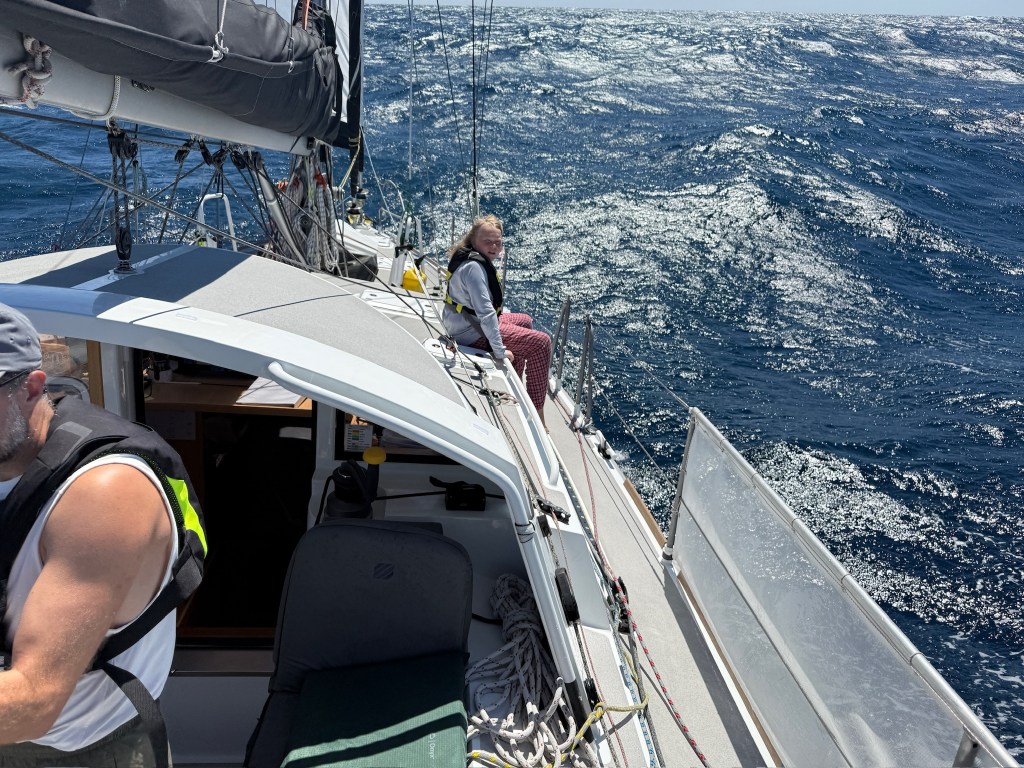


All this while we didn’t have much of a plan for our time in the SF bay other than rebuilding the seawater line to the shaft-seal system and seeing some family, so it was a timely delight to reconnect with an old family friend who offered to put us up at the Sausalito Yacht Club after our arrival. He said we could tie to the dock or a mooring ball, both of which sounded preferable to the downtown marinas of SF proper, and that he’d meet us at the dock to assist us.
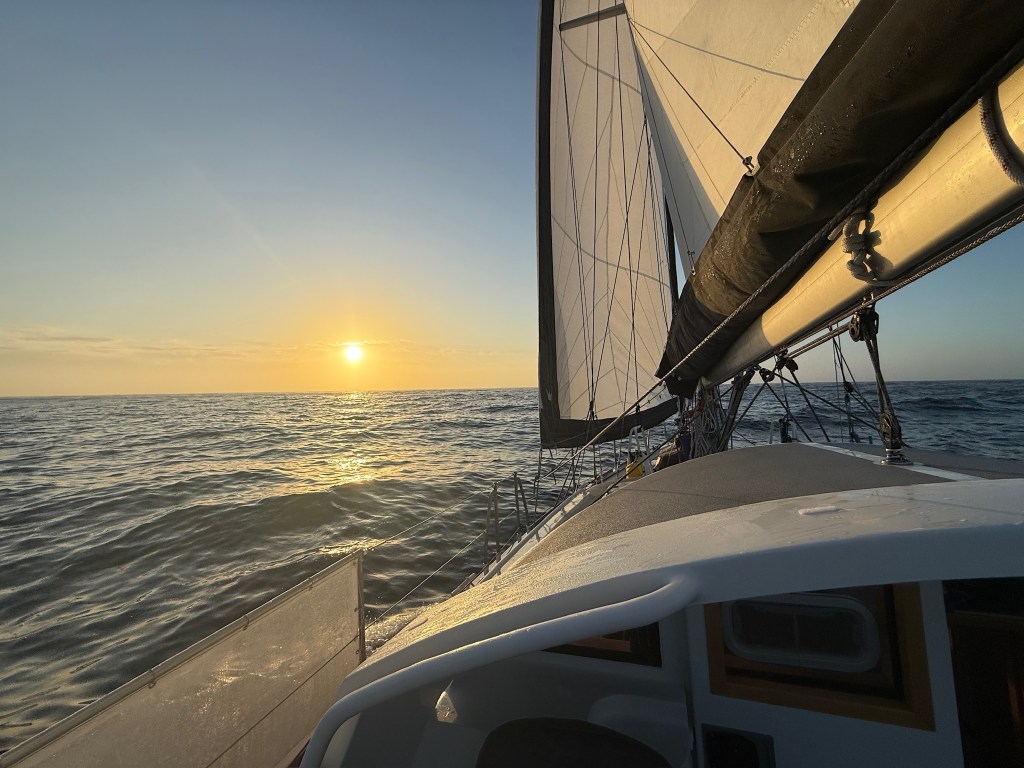
The morning of 2 September dawned with not much wind, but the welcome sight of the Marin Headlands and Bolinas Bay. By 0700 we raised the mainsail and unfurled the genoa in the hopes that the Golden Gate would deliver some sailing conditions for our arrival.

And deliver it did! A steady building SW’ly breeze turned into a westerly which then turned into a full gale by the time we rounded the Point Cavallo on our way to Sausalito.
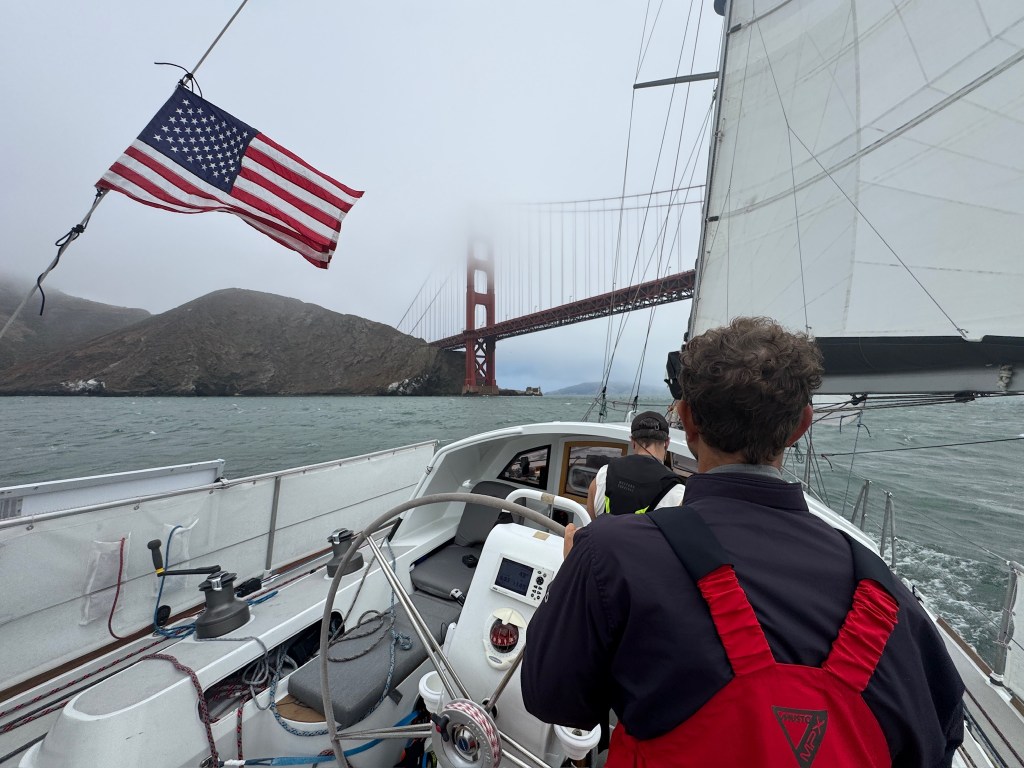

From our vantage point under the Bridge we could see fingers of breeze touching down to the north, and it appeared much stronger than the 15 knots of breeze that accompanied us under the main span.
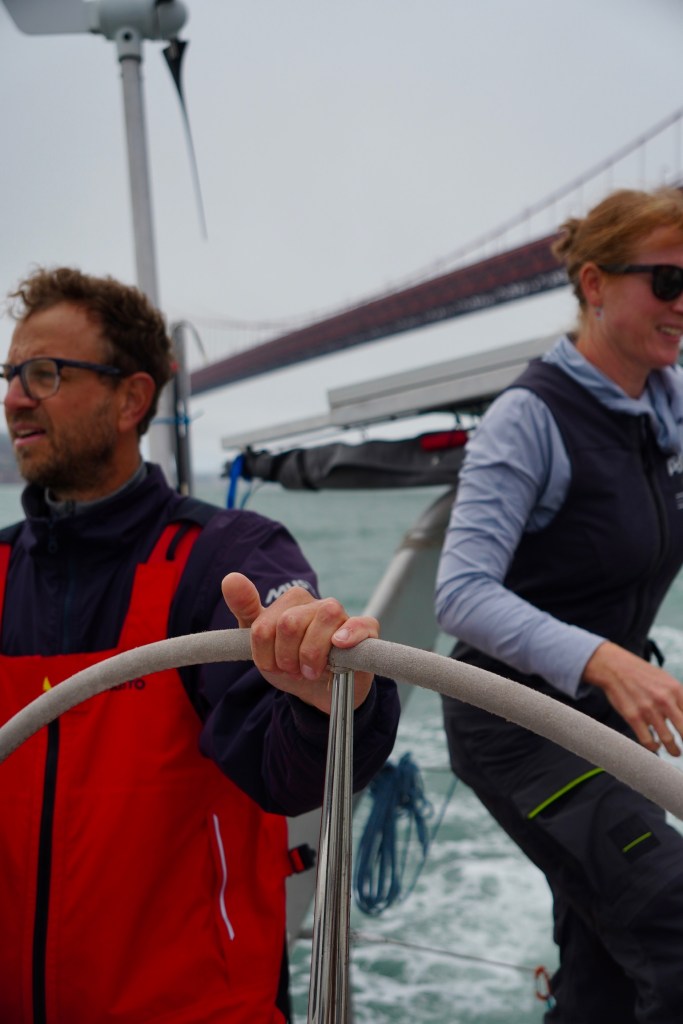

As we rounded up north past the Golden Gate Bridge the breeze built from 15 knots quickly to around 25. We set about making Flyer ship-shape for arrival, furling our sails, coiling our lines, and preparing fenders and dock lines. When we were around a mile from the Sausalito ferry dock the breeze spiked to 40. The mainsail was down by this point, engine was on, and Flyer was pushing her way north through it all. The SuperWind generator – our wind turbine that generates electricity for the boat mounted just behind the helm – was spinning so fast it would ‘speed wobble’ with an awful roaring sound as the gusts reached 50 knots. It was quickly evolving into a memorable arrival.

Our plan was to approach the dock from the north so if things devolved in our docking attempt we could go back out into the bay to regroup and not be forced into the tight, shallow anchorage just to the north. The dock was directly upwind, so we’d be pushed off of the dock with considerable force by the wind, forcing us to approach the dock with speed to keep from drifting off.
We maneuvered Flyer through the improbably tight mooring field to the east of Sausalito Yacht Club, and came in to the dock with force, making a sharp turn to port as the bow neared the edge. Lines were thrown to our new friends, curses were said, and eventually the lines made their way to the cleats. By this time Flyer was already 10 feet off the dock, but we had 3 lines secured ashore.
The forces on the dock lines were immense as we worked Flyer forward and aft with the engine, bringing her closer to the dock each time. Eventually we rigged more lines to the dock, profusely thanked our new (and essential!) friends, and made her secure. Our anemometer at the dock was reading a solid 35 knots with gusts into the high 40s. In my mind I was already placing an order for 3/4” double braid dock lines (our current ones are only 5/8”!).


Family and friends welcomed us at the dock – what a way to arrive! We quickly learned this was a surprise gale – not the usual ‘Sausalito Hurricane’ that typically develops as the building sea breeze drops down the leeward side of the Marin Headlands. The wind stuck around all day and didn’t seem to deter the Sausalito YC junior program from sending its team out (in smaller boats) to give it a go.
We capped the adventure south with a big lunch at the Spinnaker, a Sausalito mainstay overlooking the mooring field and Flyer at dock with the city of San Francisco in the background. We were happy to have arrived but sad to see Cameron leave- it was a total delight to have him aboard and we are all still in disbelief that he’d elect to join us not once but twice on this 3 hour tour south. It takes a certain kind of soul to not only tolerate this family but seem to enjoy themselves all the while!

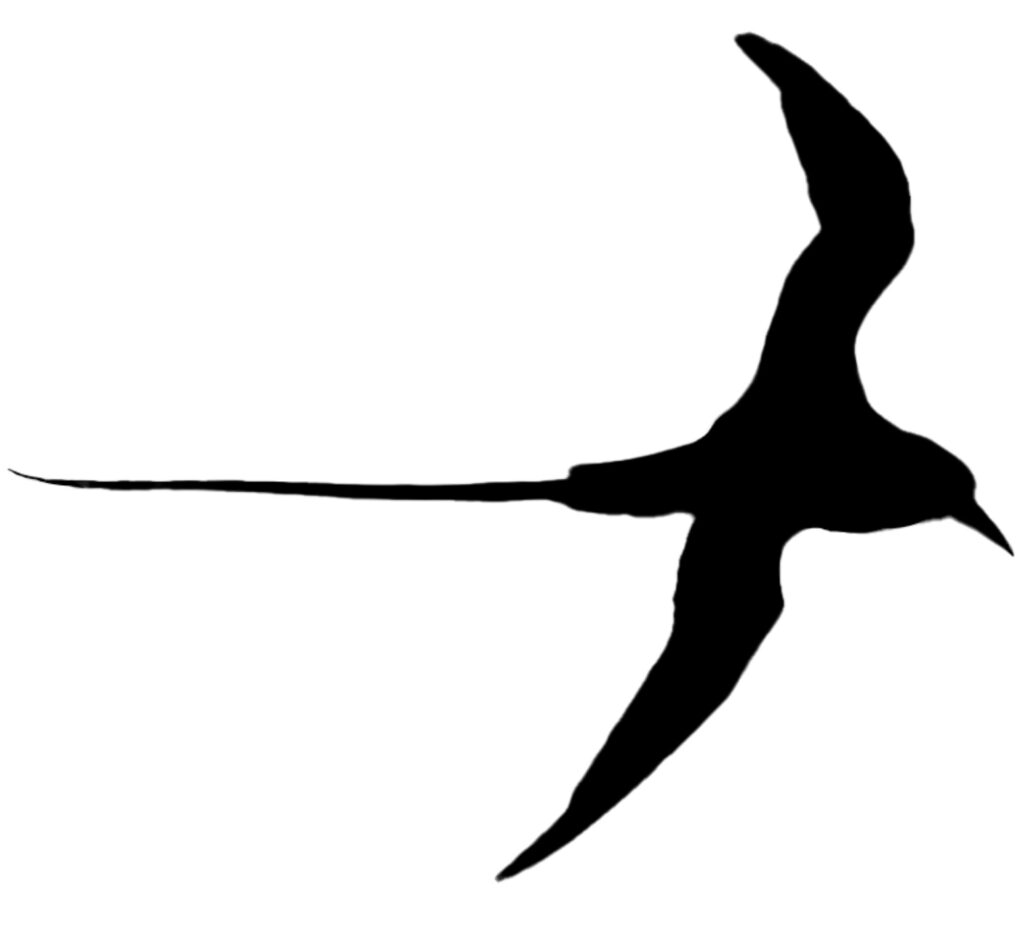
Leave a Reply to steveCancel reply